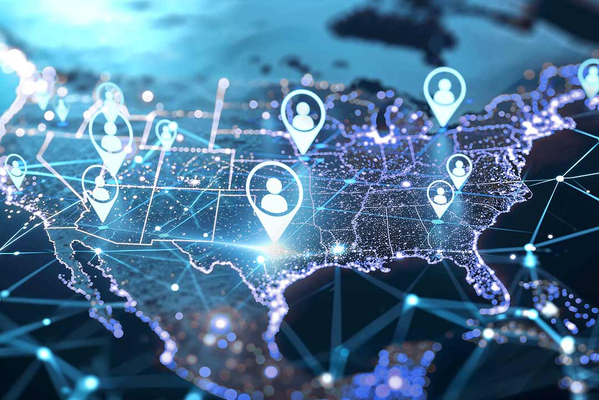September 2024

The Council of Europe's (CoE) Framework Convention on Artificial Intelligence and Human Rights, Democracy, and the Rule of Law has opened for signature, and has already been signed by several countries including the United States, the European Union, and the United Kingdom. The Convention applies primarily to States and certain international organizations. It establishes a comprehensive set of obligations designed to ensure that all activities throughout the AI system lifecycle align with human rights, democratic principles, and the rule of law. Its central aim is to ensure that AI systems are developed, deployed, and used in ways that respect human rights, democracy, and the rule of law. The Convention also sets out several guiding principles and a risk management framework for AI systems. The Convention is a pivotal step in the global governance of AI, expanding the geographic influence of such initiatives through the Council of Europe's broad reach.

The Governor of Illinois signed HB3773, which amends the Illinois Human Rights Act to limit the use of predictive analytics in the workplace. The bill specifically addresses generative artificial intelligence used in employment decisions and extends provisions on civil rights violations to cover artificial intelligence. The amendment makes it a civil rights violation to use AI to discriminate in the workplace or to use AI without notification. The bill takes effect on 1 January 2026 and applies to employers, employment agencies, and labor organizations in Illinois.
August 2024

The new UK Labour government, led by Prime Minister Keir Starmer, plans to regulate powerful AI models, although it has not released any specific bill yet. Existing UK laws like the UK GDPR and Equality Act 2010 affect AI use, and the Labour Party's approach contrasts with the previous government's pro-innovation stance, aiming for binding regulations and transparency. The new AI Opportunities Action Plan and DSIT’s expanded role will support AI-driven growth and public service improvements, and the UK public remains concerned about AI’s impact on the labor market. The Digital Information and Smart Data Bill, the AI Opportunities Action Plan, and the DSIT restructure are some potential regulatory pathways for future regulation. Compliance with Holistic AI can act as an effective guardrail for organizations amidst uncertainties and a rapidly evolving AI regulatory ecosystem.

The Digital Services Act (DSA) is a set of rules designed to create a secure and trustworthy online environment in the European Union (EU). It imposes specific obligations on Very Large Online Platforms (VLOPs) and Very Large Online Search Engines (VLOSEs) with over 45 million monthly active users in the EU, including disclosing information, implementing complaint mechanisms, and undergoing annual independent audits. The first audit period closed on 25 August 2024, and VLOPs and VLOSEs must submit an audit report, describe how they will address any operational recommendations, and make the audit report publicly available within three months of receiving it. Resources are available for those wanting to learn more about the DSA.

Regulators and policymakers are facing challenges posed by AI-generated content, such as deepfakes creating non-consensual imagery and bots spreading disinformation. To differentiate between synthetic and human-generated content, various approaches are being developed, including AI watermarking, content provenance, retrieval-based detectors, and post-hoc detectors. AI watermarking, in particular, has gained attention, but it lacks standardization and raises privacy concerns. Different jurisdictions are tackling the issue differently, with the USA mandating watermarks on AI-generated material and the EU imposing mandatory disclosures, while China and Singapore require prominent marking and technical solutions like watermarking. Holistic AI offers technical assessments that can help organizations stay ahead of regulatory changes.